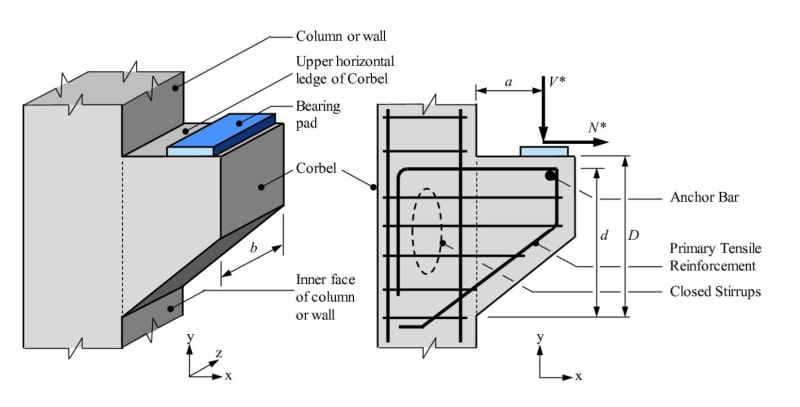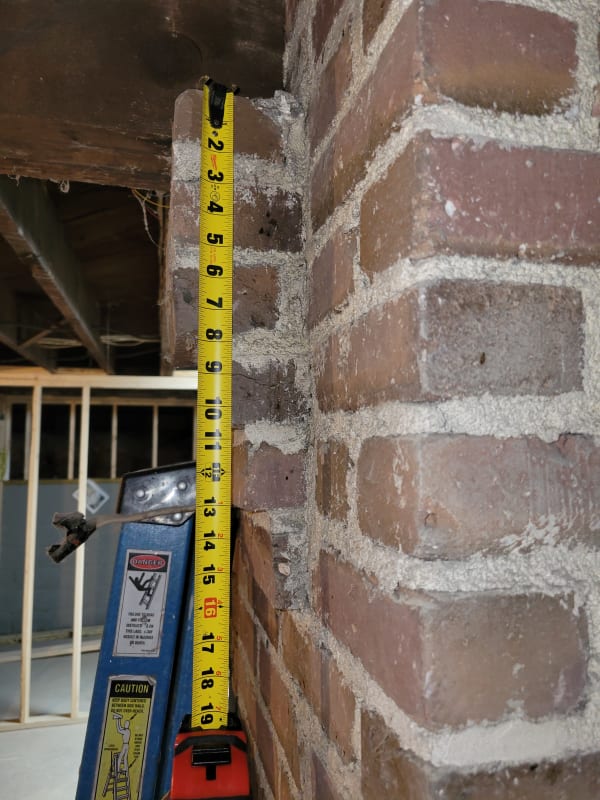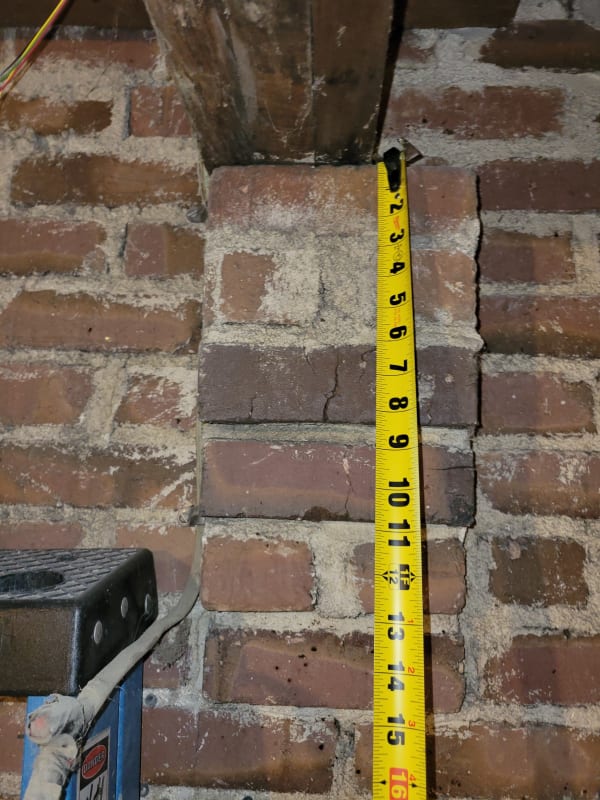shane
New member
- Apr 30, 1999
- 8
I have a client that is wanting to remove the center beam support in the now finished basement. I have sized the replacement beam and looked at the new end bearing loads which are roughly 3x what they were. The existing bearing pressure is 150 psi and the new conditions push that upwards to 375 psi. From what references I have been able to find, the corbel is constructed as it should be. Are there any references on calculating the load carrying capacity of a corbel?



